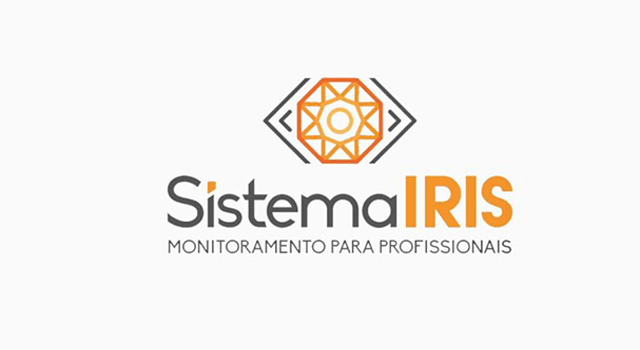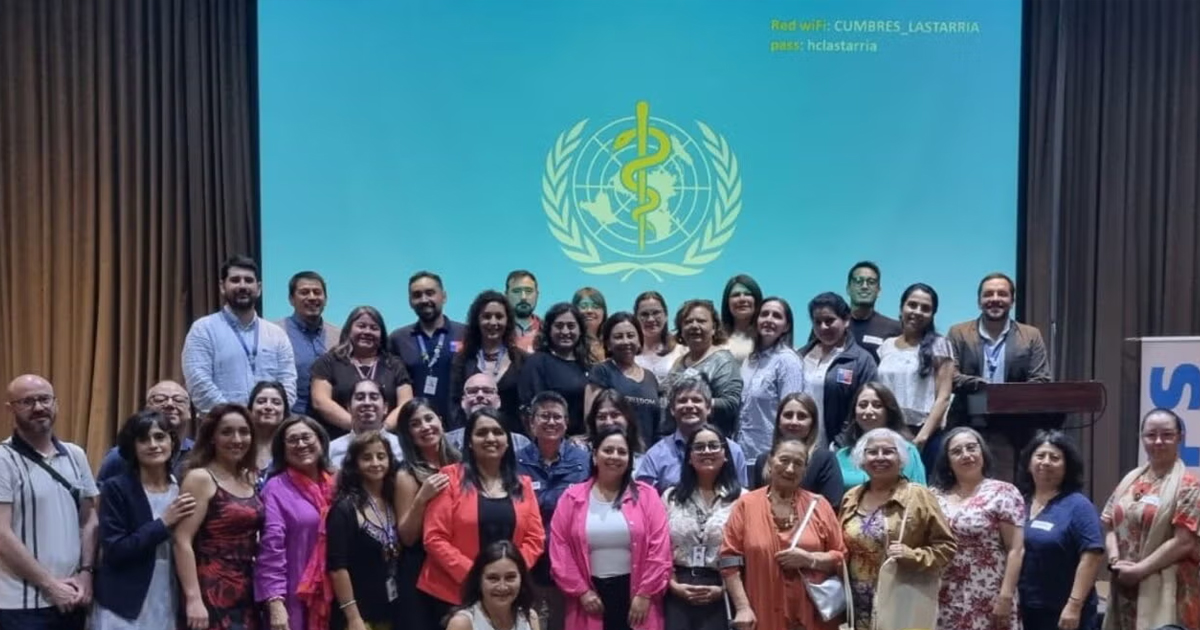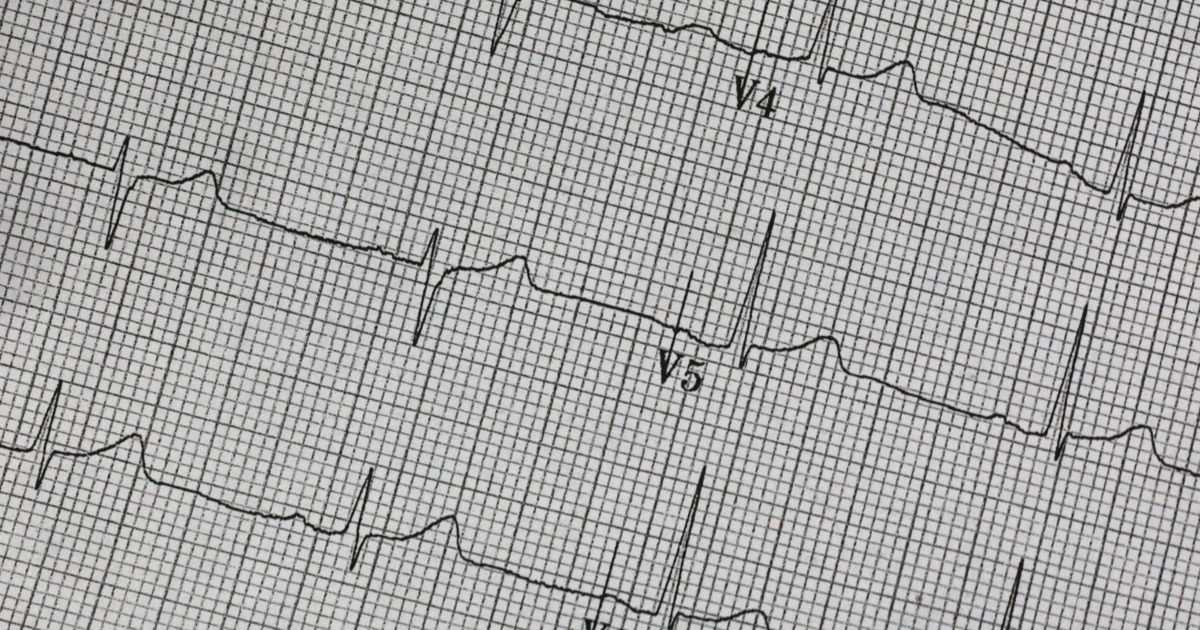El uso del Sistema IRIS, Sistema Internacional de Causa de Muerte, desarrollado por el Instituto Alemán para la Documentación e Información Médica, se presentó junto a otras experiencias y casos de uso en Brasil, Chile, Colombia, México y Perú.

The Departamento de Evidencia e Inteligencia para la Acción de Salud, which belongs to la Organización Mundial de la Salud (OMS), expuso el Sistema Internacional de Causa de Muerte IRIS, en el cual se hablan y ejecutan prácticas sobre la información de mortalidad a nivel mundial. Estas servirán para recabar datos y estadísticas del sector salud, a la evaluación de las intervenciones, la planeación y el cuidado de la salud.
El funcionamiento de Iris se precisa por medio de los certificados de defunción expedidos y, cuyas causas de muerte deben ser codificadas para seleccionar el motivo principal de defunción. Los procedimientos para la codificación y selección deben realizarse por personal codificador capacitado, el cual está asesorado y tiene especial conocimiento de los algoritmos basados en códigos asignados a términos médicos, relaciones causales aceptadas o rechazadas y aplicación de reglas o pasos de detección.
Se considera importante contar con sistemas estandarizados para recolectar información, ya que permite apoyar la investigación médica y tomar decisiones informadas en temas de salud pública con base en la comparación de datos por temporalidad y regiones.
La eficiencia de la codificación automatizada que provee el IRIS System ha sido confirmada, ya que las evidencias demuestran que resuelve más del 80% de las causas de defunción con precisión, calidad y homogeneidad en sus resultados, disminuyendo los tiempos de trabajo.
Por ejemplo, en América Latina – específicamente en México y Chile – la experiencia de los usuarios ha sido guiada por tutoriales interactivos que muestran una simulación de cada aspecto del programa y secciones de la interfaz, para que así, puedan capturar los datos correspondientes, asignar códigos de identificación por cada causa registrada y describirlas.

Con esto se espera que los resultados se obtengan de una manera más precisa y clara gracias a la colaboración entre la máquina -que cuenta con sus propios algoritmos programados – y un supervisor especialista que denote una confianza mayor a los análisis y estadísticas obtenidas.
En esta etapa, la inteligencia artificial todavía necesita asistencia humana, aunque en el caso del IRIS System, se reducen en gran medida el tiempo que los científicos e investigadores antes invertían.







